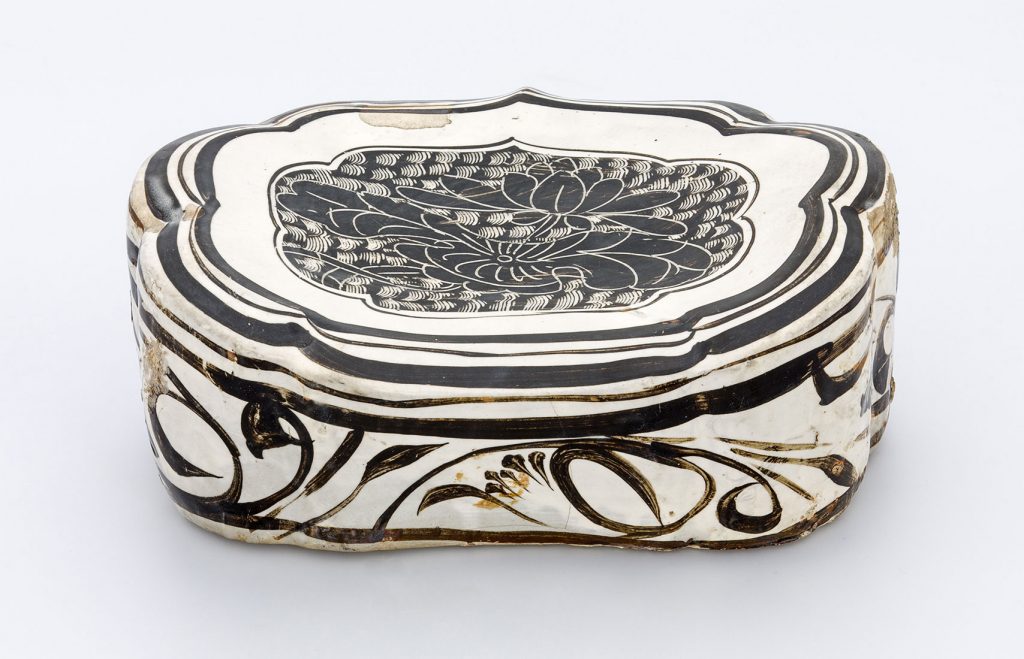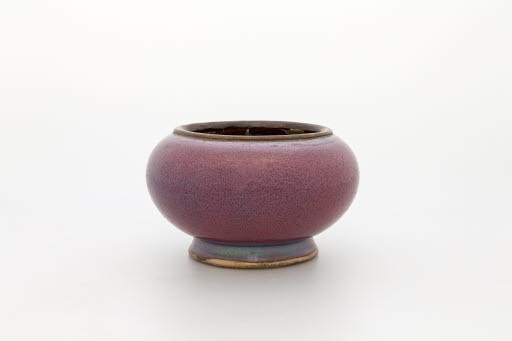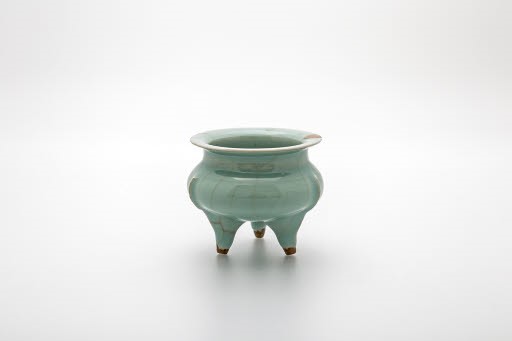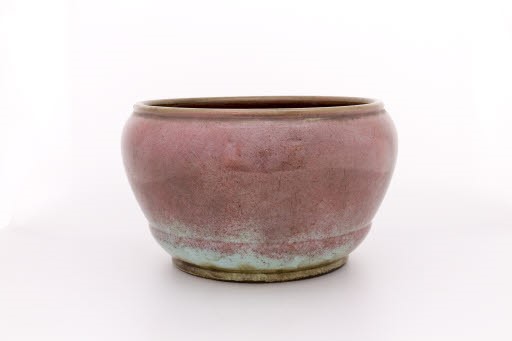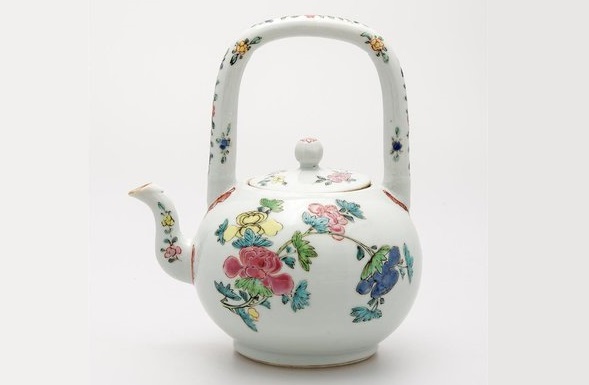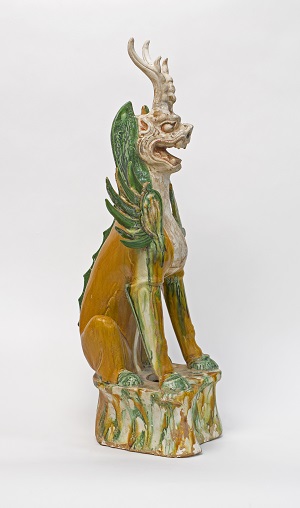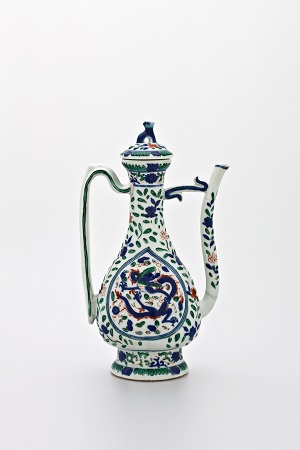image: Headrest of Cizhou-type with painted decoration under glazed earthenware. ‘Sacred fungus’-shaped headrest. Cizhou-type stoneware with white slip and painted and incised lotus and scroll decoration under a clear glaze. North China. Jin dynasty, AD 1126-1234. Width 30.5 cm. Donated by George Eumorfopoulos (GE 2275) – Benaki Museum / Μουσείο Μπενάκη, Greece – CC BY-SA via Europeana.
The Benaki Museum is among the most extensive and innovative museum organisations in Europe. Diverse cultures engage in dialogue with Greek culture and contemporary art movements across a network of venues all over Athens—and beyond. It was founded by Antonis Benakis in 1930 and subsequently donated to the Greek state. Arranged across a satellite network of seven museum buildings, the Museum also features four archival departments and an extensive library. It currently holds a 500,000-strong inventory covering all periods of Greek culture (from Prehistory to the present) as well as Western European, Islamic, Pre-Columbian, African, Chinese and Korean art. The Museum presents over 30 exhibitions and in excess of 450 events per year, welcomes over 450,000 visitors and offers a wide range of educational and cultural activities for all interests. It has earned international recognition and forged collaborations and partnerships with established cultural and academic entities, including the Metropolitan Museum of Art in New York, the Royal Academy of Arts in London, the Powerhouse Museum in Sydney, Princeton University and UCLA. Its collections appear on its website and many other digital platforms, including Europeana, Google Art Project and Museums with no Frontiers.
A selection of 200 exquisite items from the Chinese collection at Benaki Museum is part of PAGODE project and is published on Europeana according to the highest standard of quality and also fully reusable under the CC-BY-SA license.
The Benaki Museum Collection of Chinese and Korean art primarily consists of items donated by the London-based Greek expatriate George Eumorfopoulos, one of the seminal early 20th-century collectors and connoisseurs of East Asian culture. The evolution of Chinese ceramic art from the third millennium BC up to the 19th century is represented by more than 900 examples: Neolithic vases decorated with geometric patterns, funerary sculpture from the Han and Tang dynasties, elegantly proportioned wares dating to the Song dynasty and porcelains from the Ming and Qing dynasties. A few fine Korean ceramics as well as further works of Chinese art, like snuff bottles and small sculptures in jade, hardstone and other materials, complement the collection, bringing the total to some 1,400 items.
The Information Technology Department of the Benaki Museum was established in 1991 in order to introduce, develop, coordinate and support the use of information technology at the Museum. Its activities include the electronic documentation and management of the Museum’s collections by developing and supporting computer systems; the promotion of the Museum’s collections and of Greek culture in general through multimedia applications; the broadening of the Museum’s communication platform with the public, by developing and updating the Museum’s website; the production of terminology standards to document cultural information on museum objects; the digitisation of collections and archives; and the management and curation of digital records. The Benaki Museum Information Department has kept close track of developments in information technology and communication, and has participated actively in many European programmes, in which new and pioneering computer technologies have been tested and applied.
Discover: https://www.benaki.org/

PAGODE – Europeana China is co-financed by the Connecting Europe Facility Programme of the European Union, under GA n. INEA/CEF/ICT/A2019/1931839

